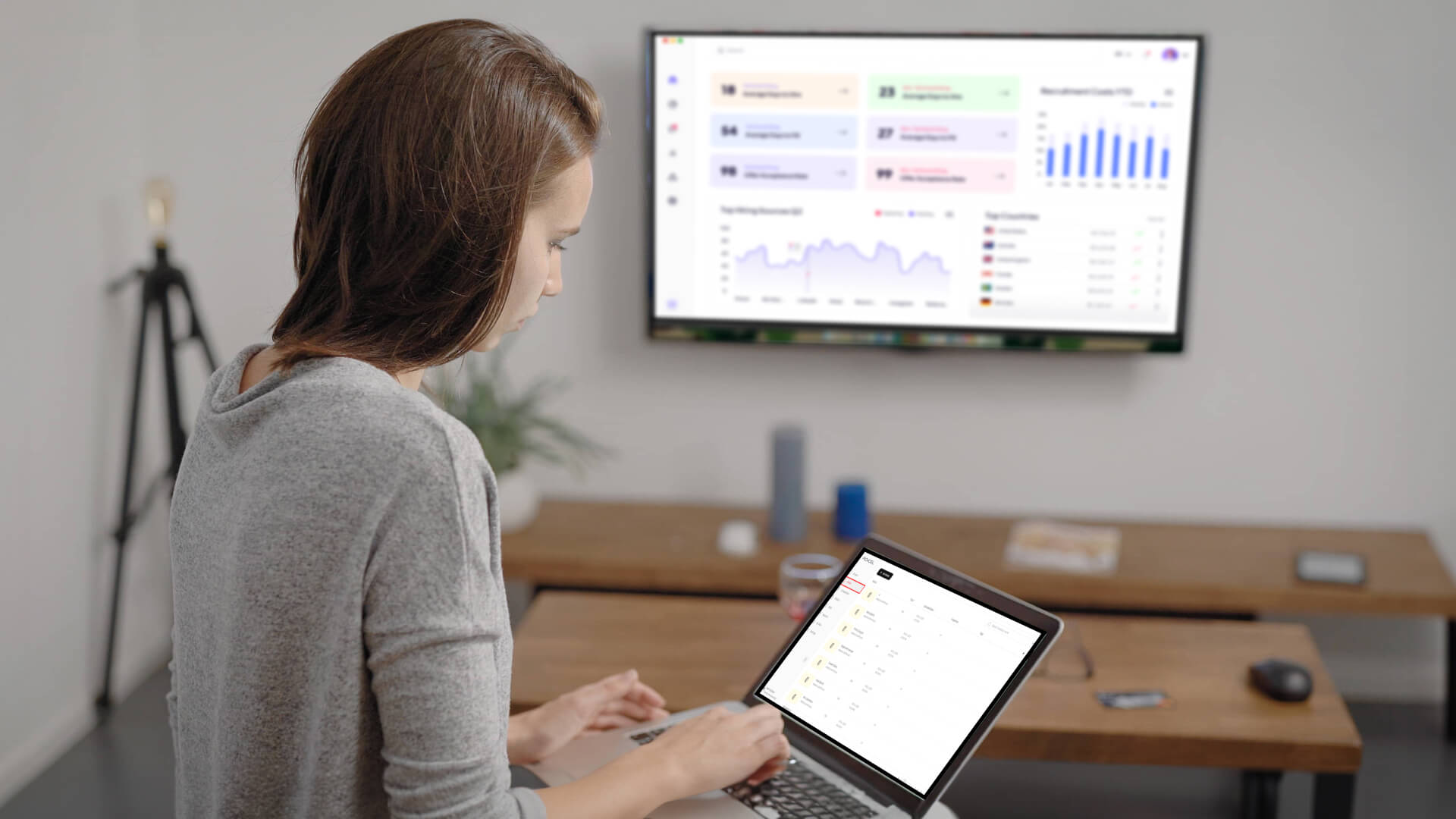
Jul 5 2024
6 min read


Apr
Starting a digital signage project can be an exciting venture for any business looking to enhance its communication and engagement strategies. Digital signage offers a versatile platform for advertising, information dissemination, and entertainment. Let us embark on this journey and take a look into a few essential tips to maximize the chances of your digital signage project becoming a fruitful venture.
A digital signage project is the planning, installation and implementation of a system that uses digital displays to display information or advertising. These can be anything from LCD screens promoting ads in a store window to giant LED walls in Times Square.
Dynamic, eye-catching content resonates more with customers compared to static signs, and the use of digital signage can fully leverage that. A study by Retail TouchPoints found that well-designed digital signage can be an effective tool for boosting sales and increasing audience viewership.
There are several factors to consider while selecting a signage solution for your project. Here are some things to consider:
Before getting started with implementing your digital signage, it’s crucial to have a clear understanding of what you aim to achieve. Whether you are looking to boost sales with eye-catching promotions or improve internal communication within your organization, setting specific, measurable, achievable, relevant, and time-bound objectives will guide your project from conception to realization. Without a clear set of objectives, your project will be less likely to reach the right audience with the right information.
Understanding who your digital signage is for will significantly influence your content strategy. Different audiences have varying preferences and behaviors, so it’s essential to design your content to match their interests and needs. Whether it’s for retail customers, corporate employees, or students, knowing your audience ensures your digital signage project will reach out to the desired demographic.
Try For FreeYour choice of hardware—screens, media players, mounts, etc.—will depend on various factors, including your objectives, the physical environment, and your budget. Factors such as the display size, resolution, and orientation affect your content and placement. outdoor screens, for example, require higher brightness and durability than indoor screens. Research and consult with experts to find the best hardware solutions for your project.

Digital signage software is the crux of your project, enabling you to create, manage, and distribute your content effectively. Software that is user-friendly, reliable, and offers the features you need, such as scheduling, content management, and analytics would be most beneficial in creating desirable content. The right software will make it easier to keep your content fresh, relevant, and engaging.
Ultimately, your content is what makes the difference in the digital signage realm. Your content strategy should align with your objectives and audience preferences, encompassing a mix of promotional material, informational content, and entertainment. Use high-quality images, videos, and animations to grab attention. Keep messages clear and concise, and remember to update your content regularly to keep it fresh and engaging.

The location of your digital signage plays a major role in its how effectively it will catch people’s attention. Place screens in areas where they are easily visible to your target audience and have high traffic. Consider the viewer’s distance and angle to ensure your content can be seen and read comfortably. Proper placement maximizes exposure and engagement, and will increase the chances of an audience taking notice.
Ensuring that your digital signage project continues to engage audiences requires regular updates to adapt your approach based on viewer engagemement. You can use date to refine your content and strategy over time to measure the success of your digital signage. Implementing analytics would highlight which touchpoints are driving the highest traffic, and the ones you can focus on to increase your project’s scope.
Starting a digital signage project requires precise planning and execution. By ensuring that you follow a clear set of objectives; from knowing your audience to leveraging the visibility of your project, you can achieve your marketing goals. Remember, the key to a successful digital signage project lies in its ability to engage and inform viewers, so keep your audience at the heart of every decision.
Take complete control of what you show on your digital signage & how you show it.
Start Free Trial Schedule My Demo
Jul 5 2024
6 min read

Jul 1 2024
7 min read

Jun 28 2024
5 min read

Jun 7 2024
7 min read